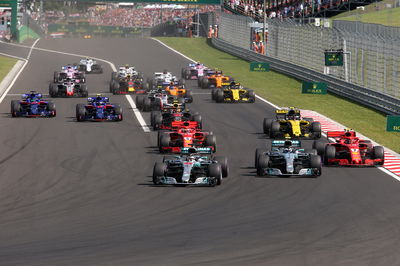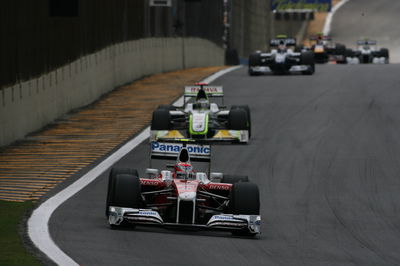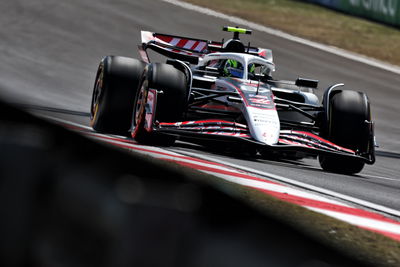F1 planning to introduce ‘soft budget cap’ from 2019
Formula 1 is planning on introducing the first stage of a proposed budget cap in 2019, sporting boss Ross Brawn has revealed.

Formula 1 is planning on introducing the first stage of a proposed budget cap in 2019, sporting boss Ross Brawn has revealed.
As part of a bid to improve the spectacle and create a more level-playing field throughout the grid, F1 has made clear its aims to introduce some form of cost control measure in the coming years as it looks to shore-up the future landscape of the sport and increase competition.
The initial target had been set for the start of the next regulation cycle in 2021, but F1 management now intends to introduce cost control in a series of stages, beginning as early as next season ahead of a full budget cap being imposed for post-2020.
“On the economic side we’re pushing through cost control initiatives,” Brawn explained. “Work with the FIA and in consultation with the teams we are progressing well on the economic initiatives. Work on the mechanism of a cost cap is going well.
“At the moment we are looking to introduce it in a soft form, with dry runs in 2019, and 2020 and then it will be become regulatory in ’21. I would say that barring some last-minute discussions that’s pretty much finalised now.”
The projected budget cap is understood to be $150 million, a figure which has irked leading manufacturers including Mercedes, with team boss Toto Wolff previously voicing concerns about the target being “unachievable”.
Brawn insisted F1 is not looking to completely eradicate the high benchmarks that have been set in recent years by the likes of Mercedes, Ferrari and Red Bull, but instead remove the significant gaps in performance that currently exist throughout the field.
“To be clear, we want the grandees to still be the big names in the sport, we don’t want a system or a situation where there aren’t big targets to aim at. And at the moment, those targets are Ferrari, Mercedes and Red Bull,” Brawn said.
“However, the void between those three teams and the rest of the field is too big. There are two divisions in Formula 1, and we want to stop that, we want to introduce constraints on the amount of resource you can use. And doing that involves both an economic perspective and a technical perspective.
“The ceiling won’t be achievable for all teams, but it will reduce the differential between the teams that are at that limit and those that aren’t,” Brawn added.
“At the moment I think a top team spends twice what a midfield team spends and if we reduce that margin to around 10 or 20 per cent, then there is something for the midfield teams to aspire to. There will still be an aura around the big teams, but a midfield team doing a great job will be able to compete.”
Despite enjoying on-track success in the past few seasons, financial constraints resulted in Force India being placed into administration ahead of the Hungarian Grand Prix, before the team was rescued by a consortium led by Lawrence Stroll.
Brawn highlighted Force India’s recent off-track financial struggles as being a key influence behind the decision to take action.
“We only have to look at the situation Force India finds itself in to understand how crucial this is,” he said. “The financial burden on teams is not sustainable in the long term and we are taking steps to put a limit on how much a team can spend.
“We hope the cost controls will make smaller teams more sustainable, as they’ll be in a better position to show sponsors and investors that they have a chance of getting on the podium, and in the right circumstance, of winning a race.
“And that’s so important for a team that’s aspiring to become a grandee. At the moment, the void is too big; it’s almost impossible for a team to bridge that gap.”












